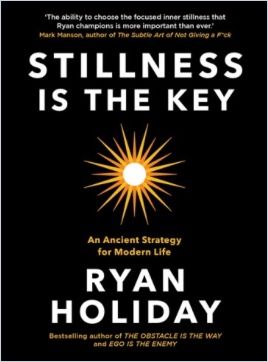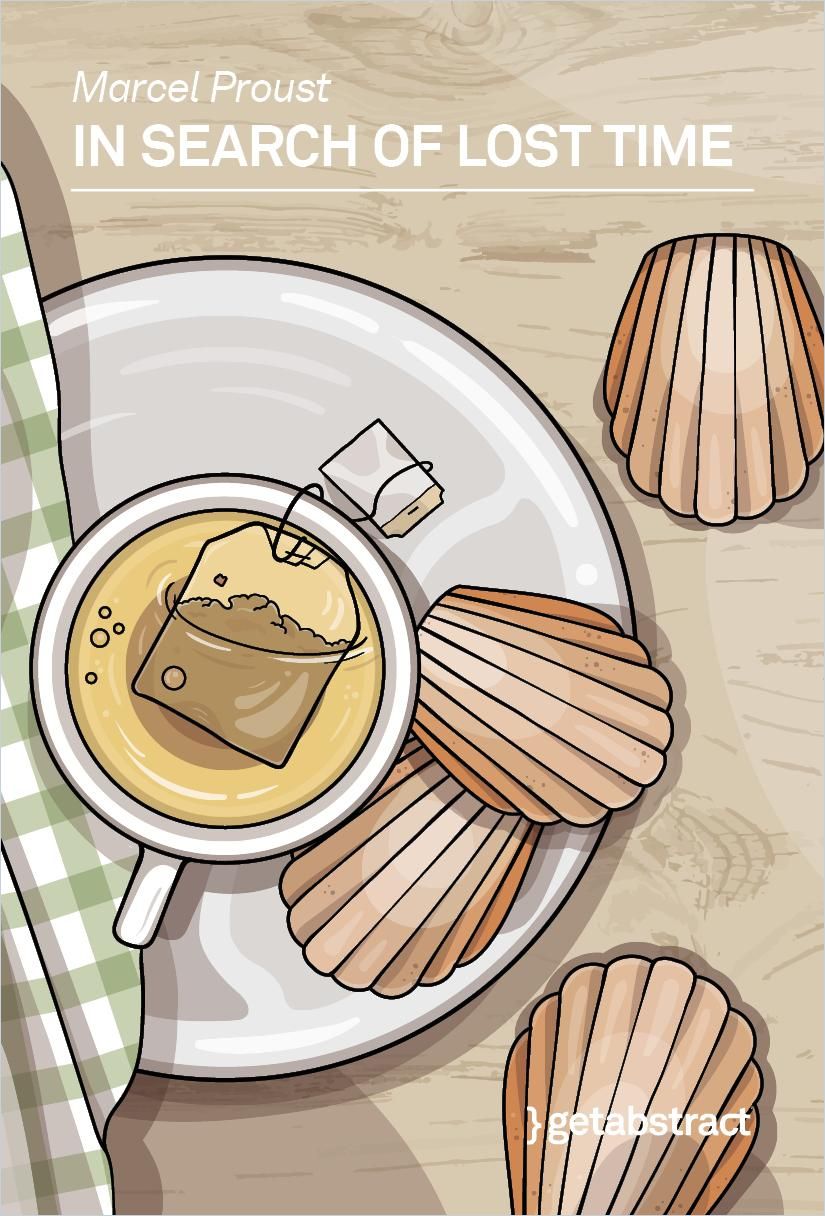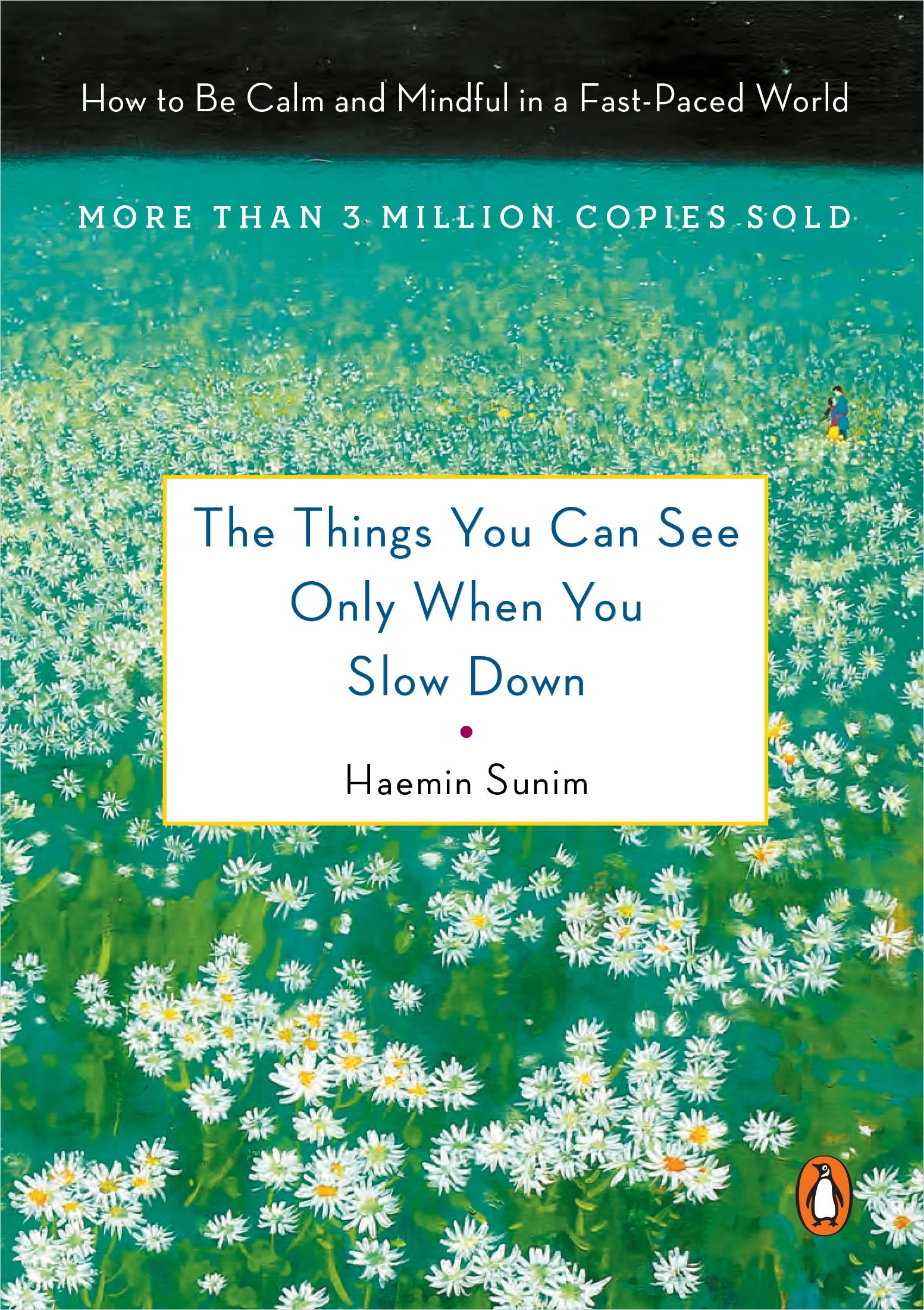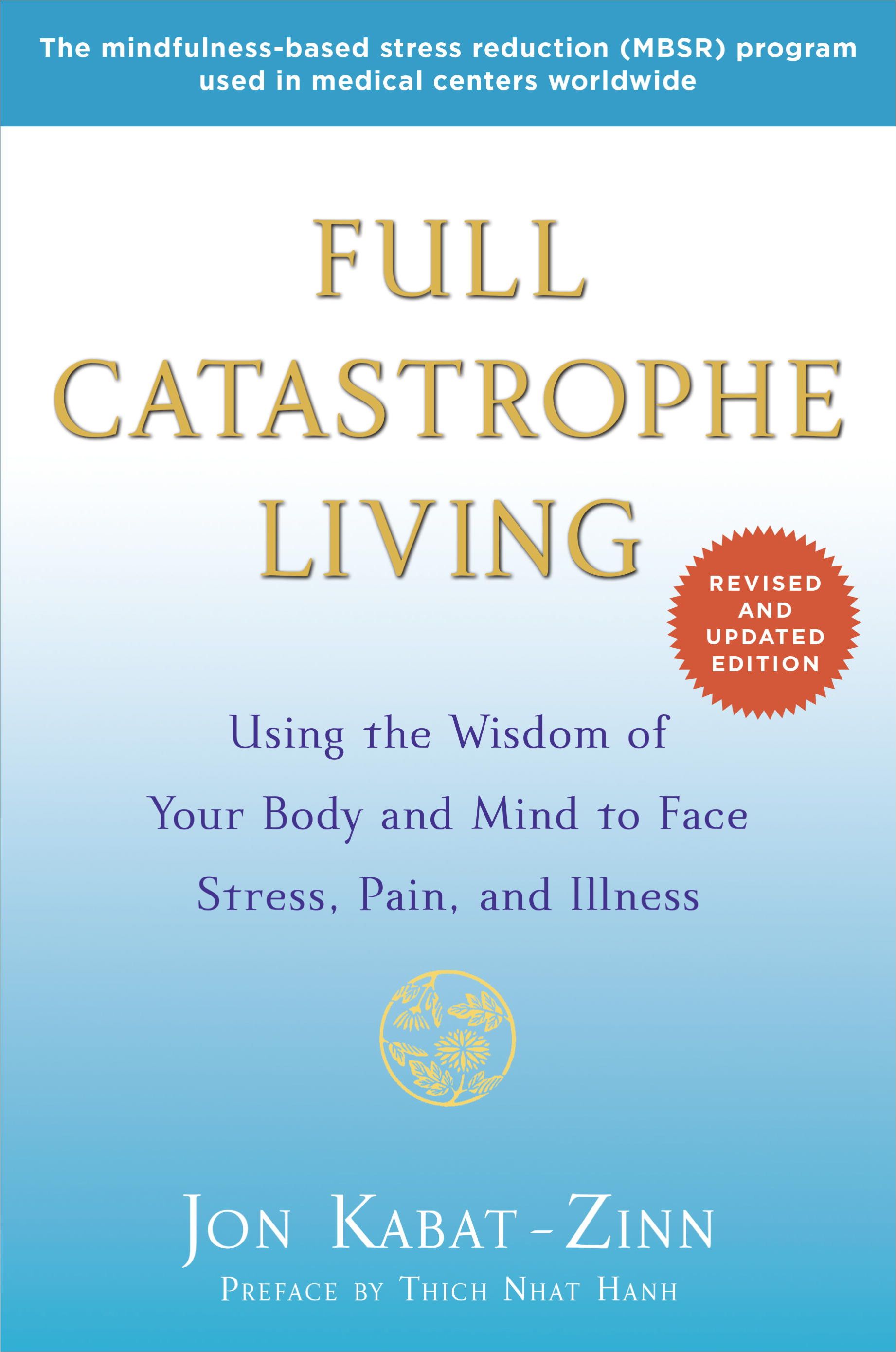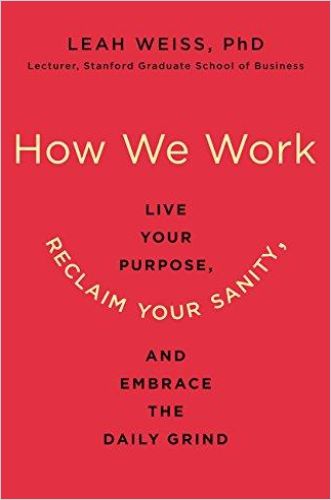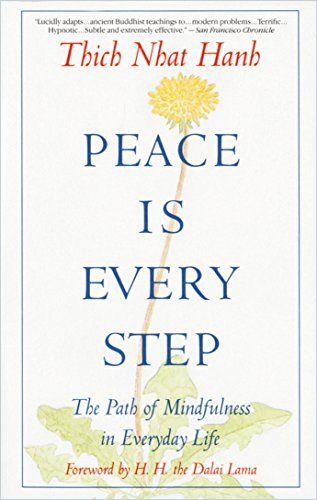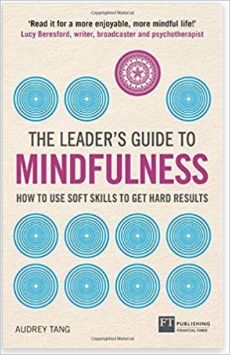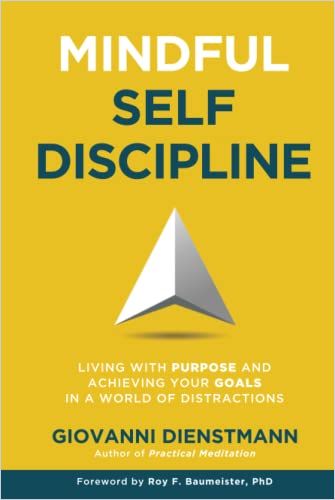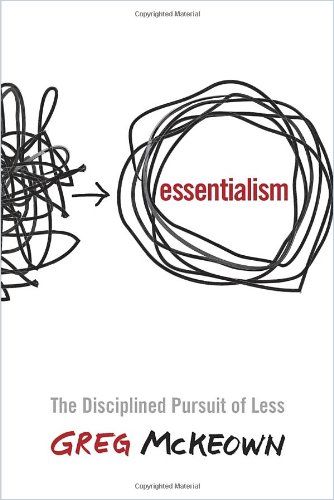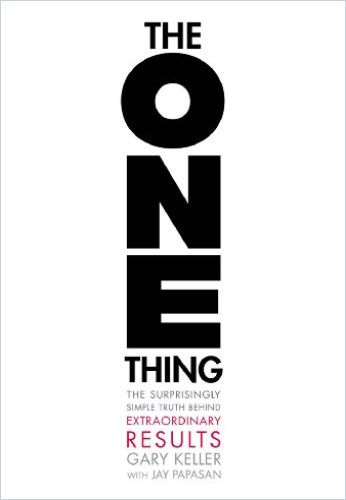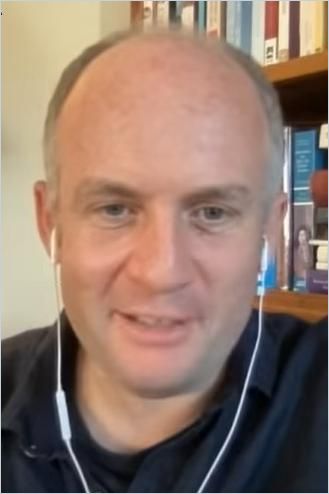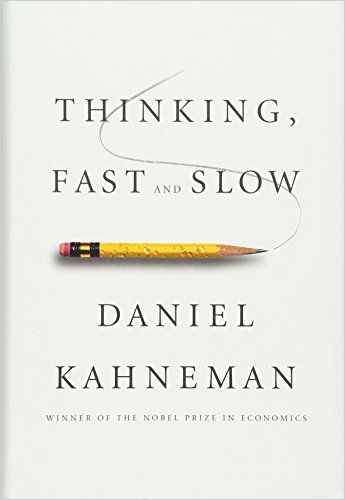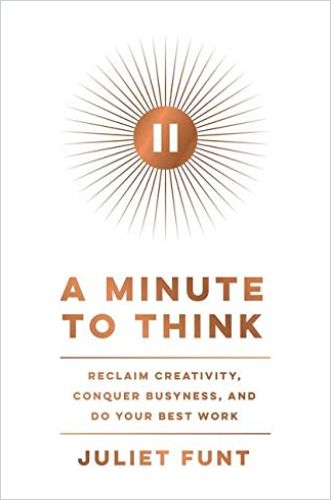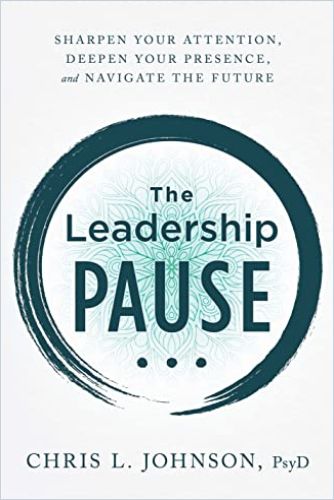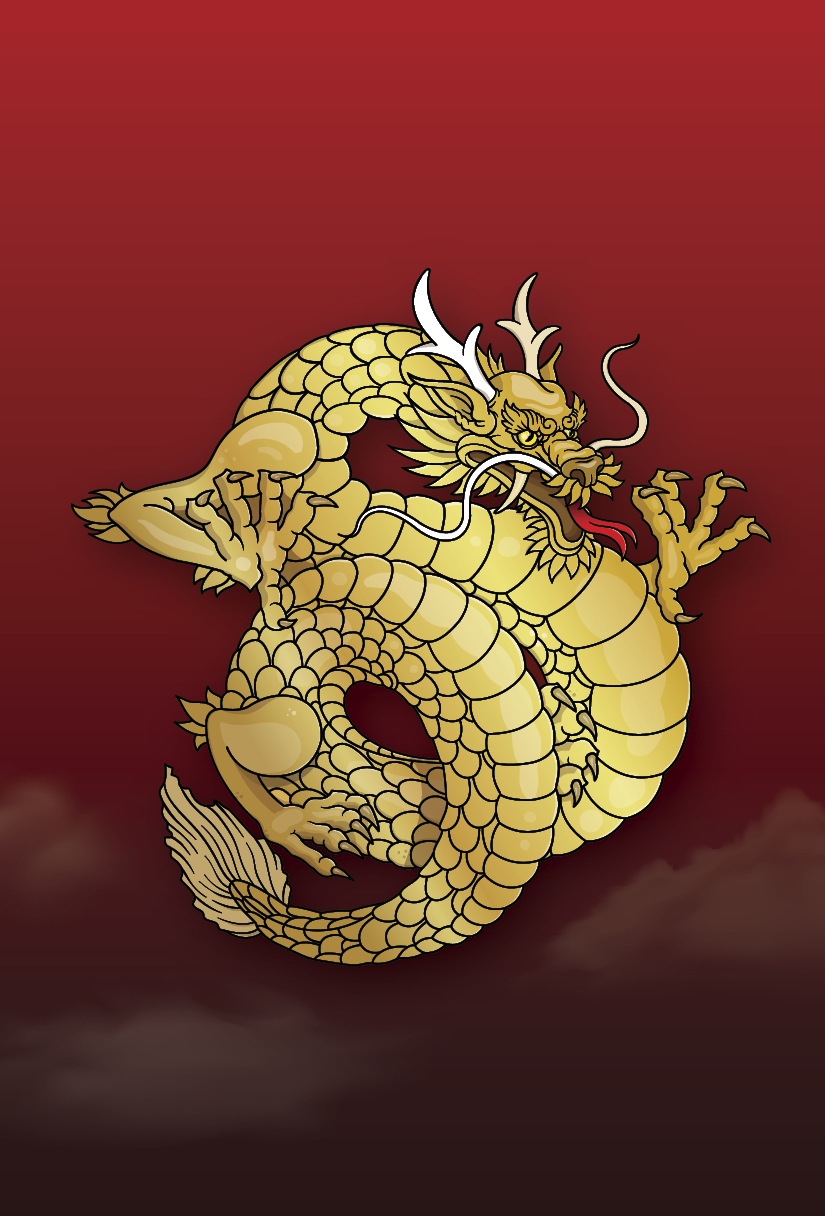In Defense of Slow

Fast food. Instant messaging. Efficiency tools. Learning sprints. The pace at which we consume, from food to knowledge and experiences, keeps accelerating. But at what cost?
As life in the fast lane continues to accelerate, many people yearn for a slow lane less traveled. People from all walks of life have carved out parallel tracks to offset a hectic lifestyle. Even productivity experts have come to embrace the idea of doing less in exchange for higher-quality results.
Although nobody is asking you to give up your phone, sell your car or grow your own vegetables, you will invariably benefit from integrating “slow” into your life.
It All Started with Food
The story of “slow” in the post-war era begins in March 1986 in Rome, Italy – a country known for its rich culinary traditions and food culture. When Italy’s first McDonald’s opened up near the capital city’s famous Spanish Steps, protests erupted. In a symbolic action, journalist Carlo Petrini began handing out pasta plates to protesters. The Italian-made pasta served as a counterpoint to the mass-produced, blandly-tasting fast food of the world’s biggest fast-food chain, which has long become a symbol of fast food itself.
The protests in Rome gave rise to the Slow Food movement, aimed at defending “regional traditions, good food, gastronomic pleasure and a slow pace of life.” Today, Slow Food represents a global movement involving thousands of projects and millions of people in over 160 countries.
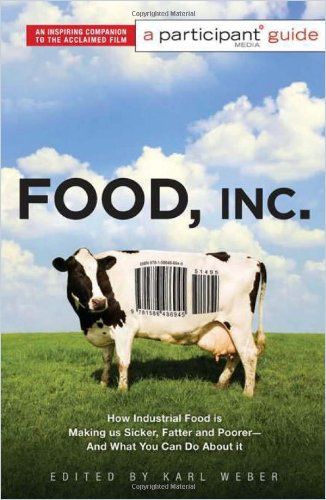
Slow Travel
Efficient budget-travel airlines make it possible to transform any given 2-day weekend into a fast-paced adventure – 18 hours in London, anyone?
Inspired by the Slow Food ethos, the countertrend of “Slow Travel” has begun to take hold. Slow Travel emphasizes connection to local people, culture and food. The focus is on experiencing the journey rather than rushing from one sightseeing spot to the next. Indeed, the Slow Travel sector is projected to experience a compound annual growth rate of 10%, reflecting the increasing popularity of a travel style that prioritizes sustainability and self-care.
Embarking on a long-distance hike epitomizes the essence of Slow Travel. Take the Camino de Santiago, an ancient pilgrimage trail that has gained remarkable popularity since 2009 – an upward trend that does not seem to abate. According to the website Camino Now, pilgrim numbers on the Camino Frances, the most frequented section of the trail, have reached record numbers in the first five months of 2023.
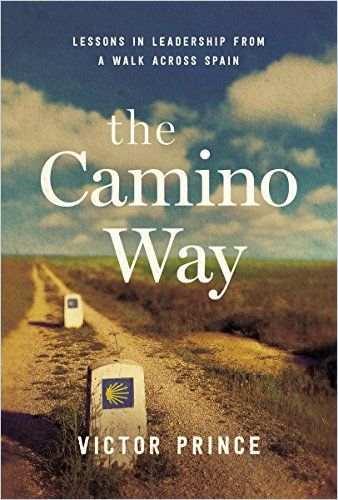
“The secret of the Camino is really its utter lack of thrills,” columnist and happiness researcher Arthur C. Brooks wrote in his 2021 piece, “Go for a walk: What I learned about transcendence from a very boring 100-mile trek.”
Walking 20 kilometers a day, Brooks continues, “shrinks your life down to dimensions you can apprehend, yet makes it feel strangely full—perhaps for the first time in a long time.”
Finding Stillness
Brooks’s observation, namely, that you can experience the moments that make up your life more fully by slowing down, echoes a sentiment expressed by advocates of a deliberate, contemplative lifestyle through the ages. From the Buddha to the Stoics and from Henry David Thoreau to the French novelist Marcel Proust, all espoused simplicity and reflection while prioritizing the slow and profound over the fast and superficial.
Stillness is the ability to find equanimity amid the turbulence of life, explains Ryan Holiday in his Stoic-inspired book, Stillness is the Key. He invokes the Buddhist comparison of the world to “muddy water:” You must let the mud settle before you can see clearly – and you do that by slowing down and finding stillness.
Ryan Holiday
“I went to the woods because I wished to live deliberately,” Henry David Thoreau wrote about his decision to escape the hustle and bustle of early-industrial America, opting instead for a life of serenity at Walden Pond.
All human experience, no matter how seemingly trite, is infinitely rich in its universal implications, Marcel Proust observed in his literary masterpiece, In Search of Lost Time. Proust derided the “self-satisfaction felt by ‘busy’ men – however idiotic their business – at ‘not having time’ to do what you are doing.”
Proust offers solid advice for the modern slow traveler: Take all the time you need to understand your experiences. Don’t rush, because beauty lies in the details – which can only be discovered and savored by slowing things down.
The modern mindfulness movement serves as yet another countercurrent to the daily hustle of 21st-century living. The mainstream adoption of mindfulness and meditation techniques in the Western world has been remarkable. According to the US Centers for Disease Control and Prevention, meditation in the US increased more than threefold between 2012 and 2017, while companies across the nation now offer mindfulness training to their employees.
Slowing things down or shifting from “doing” to “being” mode (to use one of Jon Kabat-Zinn’s famous expressions) lies at the center of an ancient technique that has since been scientifically validated to reduce stress and anxiety.
Make Time Work for You
Your perception of time is a mental phenomenon related to consciousness, explains Alan Burdick in his fascinating essay, Why Time Flies. Slowing things down can profoundly impact your inner sense of “duration” and “nowness.” Geir Berthelsen, founder of the World Institute of Slowness, explains the phenomenon this way:
Slowness is the forgotten dimension to time. Unlike chronological time, it is non-linear, time here and now, time that works for you, extraordinary time.
Geir Berthelsen
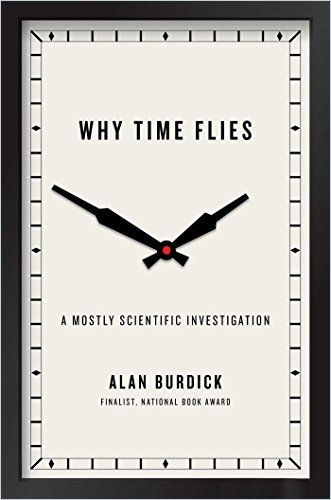
Numerous books explore the seeming paradox of making more out of your time by doing less but better: Trim your life processes to the bare necessities, advises Greg McKeown in Essentialism: The Disciplined Pursuit of Less. Focus on a singular purpose and you will get more done in a day, explain Gary Keller and Jay Papasan in The One Thing And life is too short to accomplish everything on your bucket list, Oliver Burkeman admonishes readers in Four Thousand Weeks, so pick the things that are the most important to you and do them well.
Don’t Just Do Something, Sit There
Almost no one is immune to cognitive biases and heuristics when it comes to decision-making. As Daniel Kahneman explains in Thinking Fast and Slow, our automatic mode of thinking (System 1) is in charge 95% of the time. This is not a bad thing: We could not function in the world without relying on System 1, which handles your automatic skills, like driving your car or adding two plus two. It has you instinctively turn to see where a noise is coming from or withdraw your hand when you accidentally touch a hot stove.
System 1, not under voluntary control, contrasts with System 2 – a mode of thinking that takes deliberate effort. System 2 thinking is slow, but you need it for methodical thinking processes such as formal logic. Slowing down your thinking and taking the time to think analytically through a problem makes you less prone to mistakes and biases. So before making an important decision, slow down – you will save time in the long run by not having to handle the consequences of a rash reaction.
Slow thinking, though important, is cognitively taxing. To recuperate, you will need to slow down in a different way – namely, by letting your mind wander. In A Minute to Think, Juliet Funt advocates for building strategic pauses into your day. Rest gives the brain time to connect the frontal lobe and the regions that store memory. In studies, people who took breaks from a mental task showed improvements in accuracy, engagement and creativity.
In The Leadership Pause, psychologist Chris L. Johnson argues that the secret to surviving life’s constant churn lies in taking short, planned, mindful pauses. These essential pauses provide special opportunities to listen to yourself and the world in novel ways. Leaders, in particular, need both action and reflection to be effective.
Pausing interrupts our automatic – read: blasé – patterns of thinking.
Chris L. Johnson
To benefit the brain, breaks should consist of relaxing activities, such as daydreaming or stretching. Sounds boring? That’s exactly the point. Periods of boredom give your brain the rest it needs to excel at a faster pace later on. Boredom — or non-stimulation — is increasingly hailed as essential for creativity. Albert Einstein, for example, is said to have spent hours in his office just staring at the ceiling. Giving into the temptations of the fast life can be a convenient escape from the discomfort of boredom – but it’s only a quick fix.
Slow and Deep as Opposed to Fast and Shallow
In today’s around-the-clock world, many people feel they cannot get ahead, no matter how hard and fast they work. So what’s the best way to break out of the wheel? Slow down. In Slow Down to Speed Up, two leading time management experts teach you how to accomplish more in the slow lane.
Don’t work hard, work smart.
Lothar J. Seiwert and Ann McGee-Cooper
America’s worship of hustle culture may be coming to an end, Cal Newport argues in a recent New Yorker article. US workers are experiencing record levels of stress and burnout, and they’re ready for a change.
Newport introduces the concept of “Slow Productivity.” It involves letting workers work more efficiently by having them focus on fewer tasks. Yes, this will decrease the total amount of work an employee accomplishes. However, Newport argues, a higher work volume often also leads to increased stress, a drop in quality and more time spent on administrative work than on completing truly vital tasks. Rather than advocating for a four-day workweek, Newport calls for “slowing down the pace of the workday itself.”
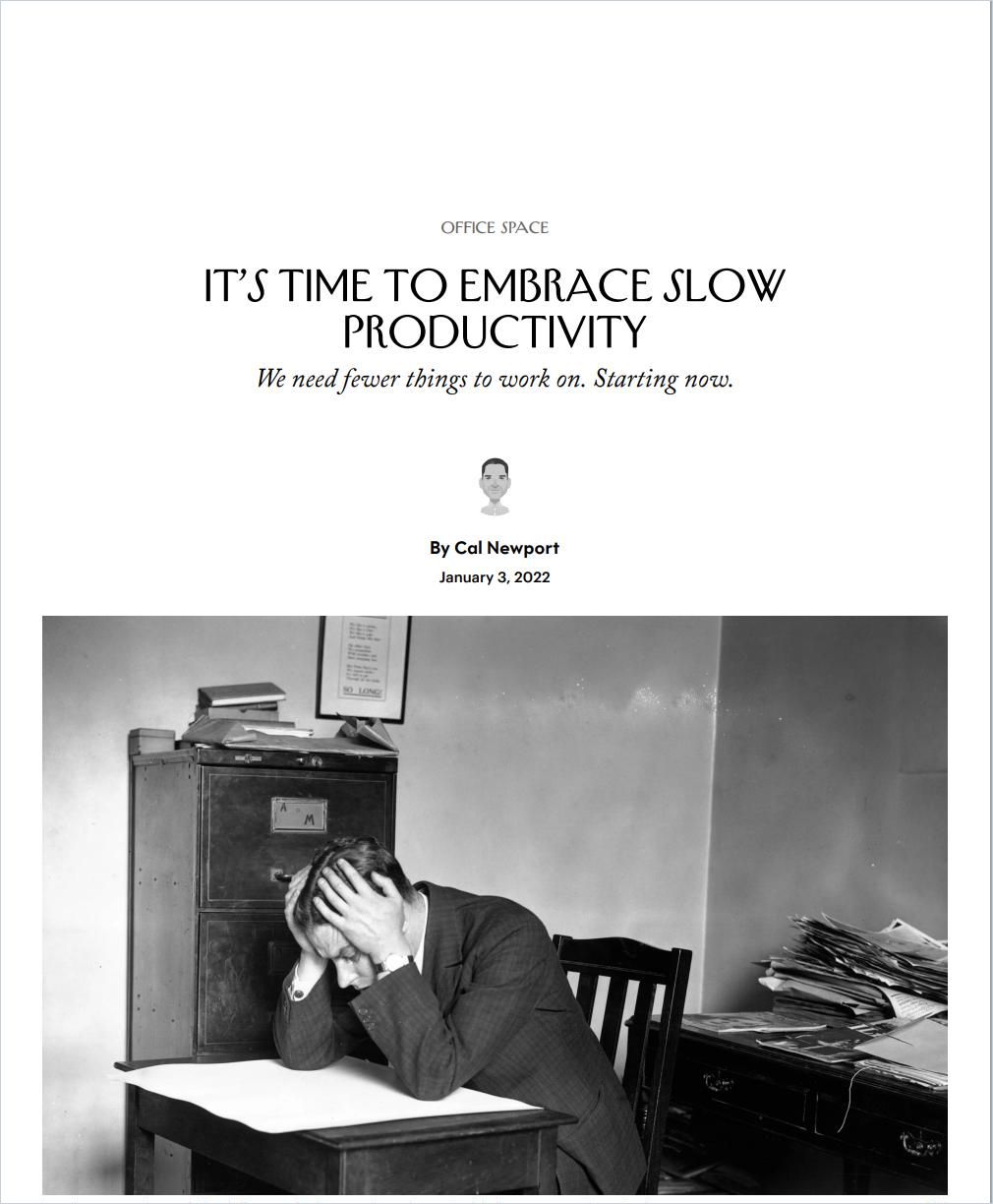
Slow Learning
Microlearning – the segmentation of learning content into digestible units intended for swift consumption – has become the most popular form of workplace learning in recent years. The reasons are obvious: Microlearning aligns with the dynamic work rhythms of modern professionals and helps employees keep up with escalating upskilling demands. In a recent column, Anneke Schmidt ponders whether the microlearning trend is merely a symptom of our accelerating pace of life and work or whether it is contributing further to the decline in our collective attention span – an as yet unresolved question.
Besides falling attention spans, another challenge educators are grappling with is the explosion of knowledge on almost any subject. The latter has led traditional school curricula to mushroom, making it increasingly difficult for students to properly digest the content they are supposed to learn.
The concept of “slow education” was developed by Maurice Holt in the 1960s and gave rise to the slow education movement in the UK. Slow education advocates for a reduction in content volume while allowing more time for discussion, reflection and in-depth learning. It is based on the notion that students will get more out of examining one key historic episode in-depth than by memorizing long timelines of events.
The generation we are teaching now will live to at least 85 or 90. Why are we in such a hurry?
Mike Grenier, English teacher and founder of the UK’s slow education movement
That there is a thirst out there for exploring topics in a granular, in-depth fashion has manifested itself in the world of podcasting. An interesting phenomenon has been the skyrocketing popularity of the Huberman Lab podcast, during which neuroscientist Andrew Huberman takes 2 – 3 hours to dissect a single scientific topic in great detail, either on his own or with an expert guest. Whether he is tackling “The Science and Treatment of OCD,” “Dopamine, Serotonine and Time Perception” or “Food and Emotions,” he breaks down the science on each topic, examines relevant scientific studies and puts them in the proper context.
Despite being bombarded with actionable health advice in sound-bite format, quick productivity hacks and “what-to-eat” and “what-not-to-eat” lists, a remarkable number of social media users do take the time to learn about relevant health-related topics in-depth. Long-form science podcasts like The Huberman Lab empowers people to make educated decisions for optimizing their lifestyle on their own – slow (and voluntary!) learning at its best.
Pace Yourself
Fast is fun, exciting and often necessary. But you will burn yourself out if you don’t switch lanes once in a while. Fortunately, you have many options to integrate “slow” into your life. Prepare a meal from scratch and savor it with friends. Explore a new part of the world on foot. Schedule “slowdown” breaks into your hectic workday. Sit down with a pen and paper and map out a challenge you are trying to solve. Cut some of the busy work from your to-do list to focus on your most important tasks. Pick a topic of interest, and learn about and reflect on it. It’s not about choosing the slow over the fast. It’s about pacing yourself to keep on going strong.
